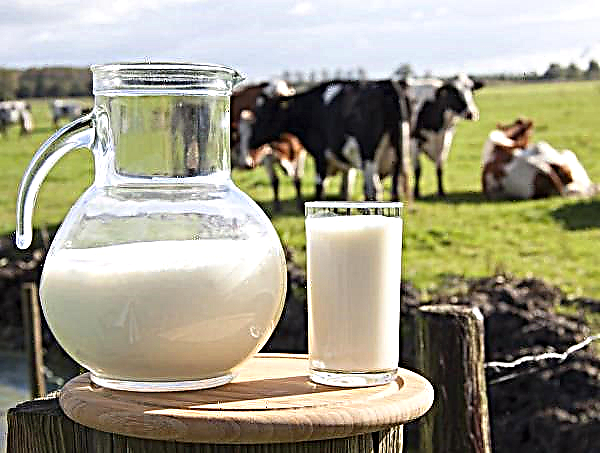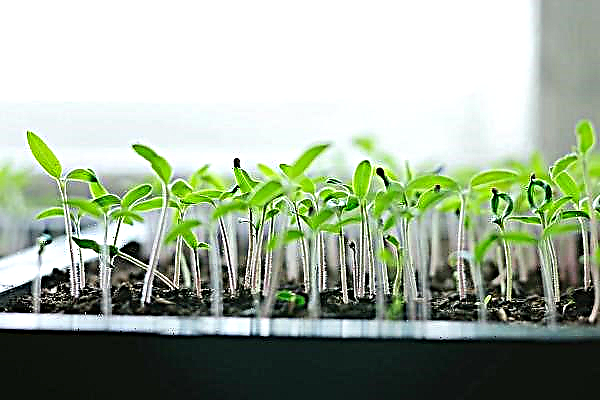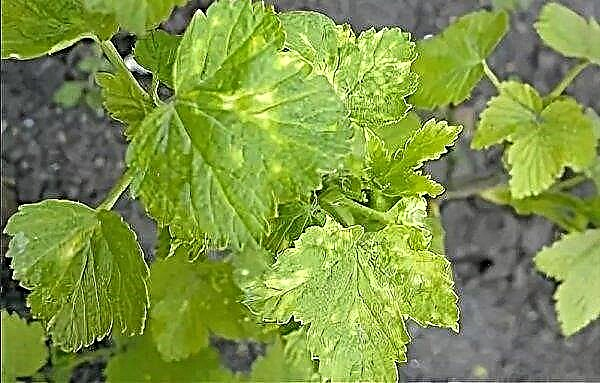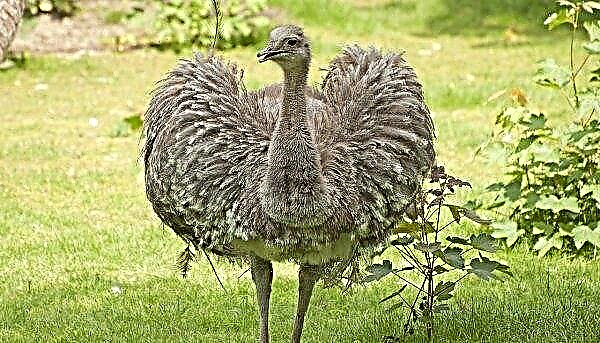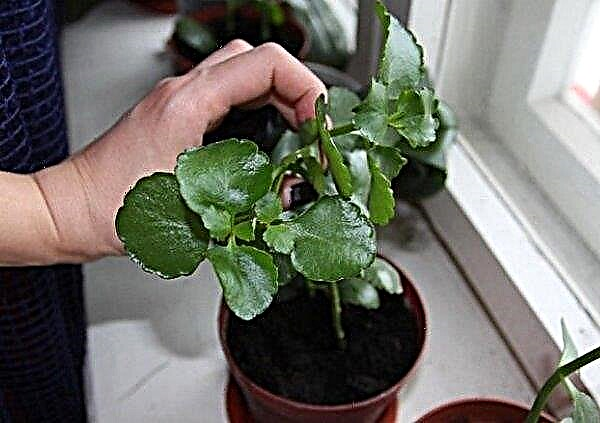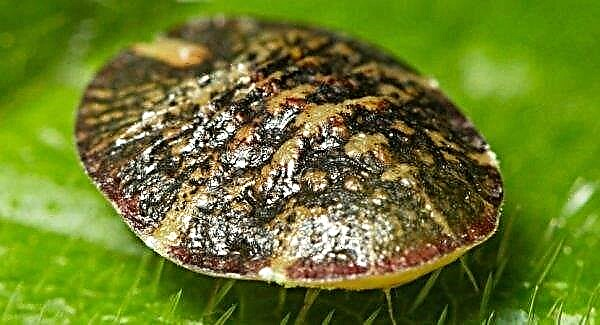Breeding bees in agriculture does not cause much surprise, which can not be said about bumblebee farming. Every year more and more such unusual apiaries appear, most of which are private. Why they are needed, where to get insects, and how best to equip a dwelling for them on a garden plot - this will be discussed in the article.
Why are bumblebees bred?
The main purpose of bumblebee breeding is pollination of farmed garden and horticultural crops, which is especially important in greenhouses. Moreover, in comparison with bees, bumblebees do not differ in increased aggressiveness to humans, which greatly facilitates the care of both the plants and the insects themselves. Their additional advantage is reduced susceptibility to cold, which is facilitated by thick fur on the surface of the body. Thanks to this coating, insects remain active even when ordinary bees already hibernate.
With the competent organization of the process of keeping bumblebees, it is possible not only to increase the yield of vegetables and fruits grown on the site, but also to improve the technical characteristics of crops, such as forage grasses, red clover, alfalfa. In addition, bumblebees help to increase the amount of nutrients in the fruits and improve the presentation of the crop. Additional profit is obtained by selling bumblebee wax, but for an optimal result per 1 ha, at least four bumblebee families should be kept.
Did you know? Bumblebees are one of the first insects on our planet, at least this is evidenced by the found fossils, which, according to preliminary estimates, are from 26 to 38 Ma.
Where to get bumblebees?
For breeding bumblebees, first of all, you need to purchase suitable queens. They are either caught in the natural habitat, or purchased on special farms, but it is worth paying attention to the type of insect. For further productive breeding, only representatives of the species B. Terrestris are suitable, which are caught in the spring, during the first flights. However, attention should be paid only to those uterus that have not yet begun to twist nests, because they do this only once and it is better to immediately on the site.
In the future, the obtained individuals are kept under conditions as close as possible to their natural habitat, so that the resulting offspring have the best characteristics.The price of one bumblebee uterus, which is purchased on specialized farms, can reach several euros.
How to breed bumblebees at home?
The first thing to take care of when planning to purchase bumblebees is the most suitable housing for them.. Unlike the beehive, the bumblebee design provides for a removable bottom and roof, because the nest is built up in layers, and if necessary, it can be easily removed from the old structure and placed in a new, more spacious house.
Further actions for breeding a bumblebee family are carried out in the following order:
- After culling the obtained uterus, they are provided with high-grade protein nutrition, as well as pollen.
- Carbon dioxide is released into the hive, which contains insects, which promotes the launch of the ovaries and preparation for the breeding of healthy offspring by females.
- After this, the queens, drones and working bumblebees are moved to special rooms for laying eggs, after which all infertile queens must be discarded.
- As soon as the first and second brood of larvae are formed, the family of insects will have to be moved to a larger hive so that its representatives are free and comfortable. A full-fledged family, ready for sale, is considered a swarm of fifty workers, which are placed in the finished bumblebees.

In the case of breeding insects for further breeding on the site, it is possible to allow bumblebees to breed even more, providing adequate protein nutrition (for families grown "for sale", it should be moderate, since the pollination ability of individual individuals will be significantly reduced).
Important! When preparing the uterus for the cold season, they need to be well fed in advance, and then, placing them in cages, gradually lower the temperature to + 5 ° C. The hive is insulated with soft material, such as peat.
Making a house for bumblebees with your own hands
A bumblebee house is often made from improvised means, because the finished product does not differ in the increased complexity of the design. In most cases, this is an ordinary wooden box with some additional elements that ensure the comfort of bees. A method of manufacturing such a hive is presented below.
Necessary materials and tools
To create the six simplest designs you will need:
- uncut boards, the thickness of which reaches from 2.5 cm to 3 m;
- drank from centimeter plywood 15 × 15 cm - 2 pieces;
- strips with a cross section of 1.5 × 1.5 cm - 4 pieces;
- drill;
- insulation material in the form of tow or moss;
- a piece of polystyrene measuring 15 × 15 cm.

Instead of the specified insulation material, other varieties with the same properties can be prepared. The sizes of bumblebees can also vary, but then the specified amount of material will be enough for fewer boxes.
Step-by-step instruction
The process of manufacturing hives using these materials involves the following actions:
- To begin, cut the prepared boards and put together a box of 15 × 15 × 15 cm from them.
- Nail the bottom from the cut of plywood to the structure, and attach 4 straps to another similar part to get a “fly” cover.
- In the front wall of the hive (approximately in the middle), drill 2 holes with a diameter of 1.8 cm each. Leave one open, and make the second deaf with a cork.
- Warm the internal space with moss or tow, filling them with 1/3 of the entire volume of the box.
- Put the cut foam piece under the bottom of the bumblebee house.

Ready-made beehives can be placed on 30-cm stakes and placed in the garden next to flowering plants in early May. At the same time, the holes of the holes should “look” at the southern part of the site.
Important! Caught females (they are larger than males) are placed in such hives, and then the summers are closed for a day. If they like the place, then soon they will bring the rest of the family members, otherwise, they will have to look for other individuals.
Location and arrangement of the house for bumblebees
Often, bumblebee houses begin to be placed on the site no earlier than the end of April, focusing on the empty spots under the apple trees. It would also be nice to install similar structures next to raspberry, currant and gooseberry bushes growing on the southern territory of the site (letki should go south).
Video: placing a bumblebee hive in the garden
To receive one bumblebee family in the early years, at least 5-8 small houses are placed, observing a distance of 3-4 m between them.
Several bumblebees can be hidden underground by using tubes 80–90 cm long for entry or departure of bumblebees. They are made of wooden slats with a thickness of 10 mm, ensuring the size of the through hole within 18 × 18 mm. The assembled structure is most tightly fixed to the tap hole. For the installation of underground hives, it is necessary to cut a piece of turf soil and, laying it aside, dig a cubic hole, the dimensions of which must correspond to the parameters of the made bumblebee house.
Also, do not forget about installing a hole for departure from the summer hole, for which they cut a turf and install a prefabricated wooden structure. After its connection with the hive, it remains only to cover the existing cracks with clay (the substance will protect it from getting inside the ants), fill the house with a thin layer of soil and cover it with removed turf. To prevent precipitation from entering the hole, when installing the tube, it must be slightly tilted downward with the tapered end and covered with charcoal up to a depth of 5 cm, making the surface less noticeable to others (it will merge with the soil).
To make the room more attractive for caught bumblebees, it is useful to rub the inside walls of the hive with mint or lemon balm leaves. But even if the first female decides to leave the bumblebee in a day, another representative of the species can be placed in its place, which can take root.
Did you know? Adult bumblebees can reach speeds of up to 18 km / h.
Bumblebee Breeding Business Profitability
If you have start-up capital for the construction of hives and the purchase of bumblebees (provided that there is nowhere to catch the queen bees), then breeding these insects may well be a great business. With the competent organization of the process, you get not only a plentiful crop due to improved pollination, but you can also breed bumblebees for sale, which also brings good income. A bumblebee family lives only six months (from spring to autumn), so greenhouse owners will have to buy new insects every year, thereby providing their breeders with a stable income.
On average, the cost of one bee family is 3000–5000 rubles.therefore, having a couple of dozen hives with uterus, you can earn good money, and with minimal cost for the maintenance of insects. To start production, you will need a starting capital of about 20,000 rubles, but if you get 8-10 bee families as a result, you can earn at least 40,000 rubles on them, although more often breeders get about 50,000 rubles.
The benefit from such an activity is obvious, and if you build bumblebee houses from improvised means, additional cost savings are possible. With sufficient space on the site and a certain experience of keeping bees, bumblebee farming should not cause difficulties.



